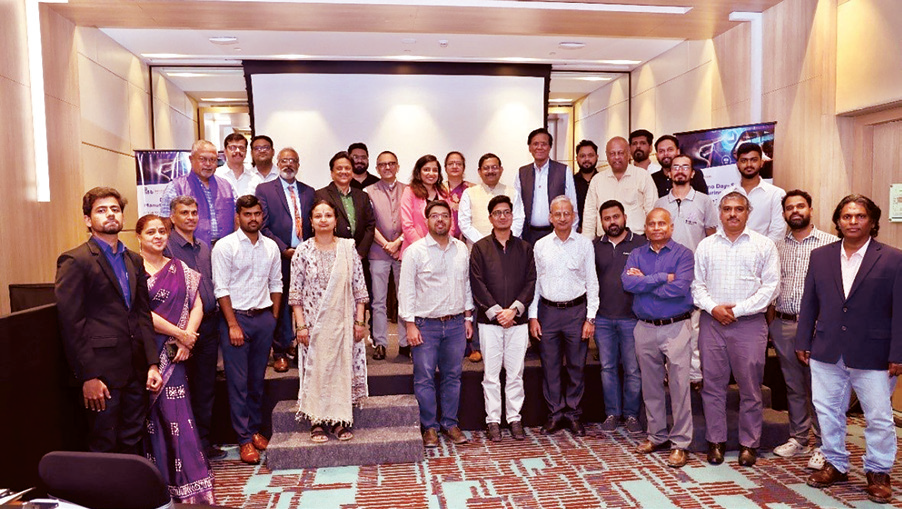
Himalayan Glaciers Are Melting but Media Not Interested in Climate Change
In his book, The Great Derangement, Amitav Ghosh observes that literary fiction has failed to capture what, after all, is one of the greatest threats facing humankind: climate change.
“If the urgency of a subject were indeed a criterion of its seriousness, then, considering what climate change actually portends for the future of the earth, it should surely follow that this would be the principal preoccupation of writers the world over – and this, I think, is very far from being the case…” Ghosh goes on to argue that this failure will have to be seen as an aspect of the “imaginative and cultural failure that lies at the heart of climate change.”
On the eve of yet another World Environment Day, the question is this: has journalism – which after all is meant to focus on the most urgent, most compelling issues of contemporary social concern – been able to do any better? Has it summoned up the necessary imagination, creativity, science, resources, to tell this story better? If not, should not its apathy also be seen as an aspect of the “imaginative and cultural failure that lies at the heart of climate change”?
Media watchers have taken note of the reasons for the silence. The Reuters Institute for the Study of Journalism (RISJ), for instance, identified what was seen as six key barriers to climate journalism: One, the slow nature of developments makes it a poor fit with a fast-paced news cycle. Two, readers and viewers are put off (I would say presumed to be put off) by the depressing outlook that leads to feelings of powerlessness. Three, there is lack of money to hire specialist journalists who can explain the science. Four, original coverage is expensive as it often involves travel to far-off places. Five, the story is very complex, full of jargon and with no easy solutions. Six, pressure exerted by owners and advertisers, is not yet aligned with required changes.
Considered together, these reasons stem from failures intrinsic to journalism as it has come to be practised today – which includes a lack of understanding of the subject and incapacity of the editorial eco-system to deal with it – as well as the external neo-liberal economic environment within which media function today, where the laws of the market literally demolish the laws of nature.
This also means that there is no journalistic will to tackle the enormous implications of climate change that involves a complete overhauling of how we live, how our economic and energy systems run, how our food is produced, how our living spaces are designed, how we transport ourselves. The very immensity of the challenge, the many discrete and complex phenomena that constitute it, the seeming invisibility of the change, all contribute to pushing it out of the media frame.
We may be all too aware of the melting of the polar caps but since it does not immediately lead to Mumbai sinking measurably into the sea, why should the media bother? We may know that carbon dioxide levels at present are the highest in human history, but as long as people are not dropping dead on the streets why must the media care?
The media’s silence does not mean that climate change does not exist, or that the age of the Holocene, with its millennia of stable temperatures is not giving way to the age of the Anthropocene, so named to reflect the enormous human impacts on the earth’s environment in terms of accelerated carbon dioxide emissions, mass deforestation, extinction of innumerable species of flora and fauna and the distinct possibility of global warming exceeding 1.5 degrees Celsius above pre-industrial levels before the end of the century.
Journalists driven to write on issues of this kind were and continue to be rarities. Some like Anil Agarwal and Praful Bidwai are no longer with us. Bidwai, in his 2012 book, The Politics of Climate Change and the Global Crisis, written three years before his death, had a chapter which specifically looked at ‘Why Climate Change Matters to India and Why India Matters in Fighting It’. He noted that apart from small island states, India with its 7,500-kilometre long coastline is among Asian countries most vulnerable to the dire consequences of climate change, which include not just water and land crises of all kinds, but deterioration of urban life, pollution in various forms, with the threat to the Himalayan ecosystem being the most portentous. While Bidwai’s scepticism over whether Indian policy-makers will respond wisely to the crisis was apparent, he believed that “their ideas, polices, plans and actions – based on their moral predilections, understanding of climate science, social orientation and political commitments – will significantly influence the fate of the earth”.
 English daily published in Bengaluru & Doha
English daily published in Bengaluru & Doha






